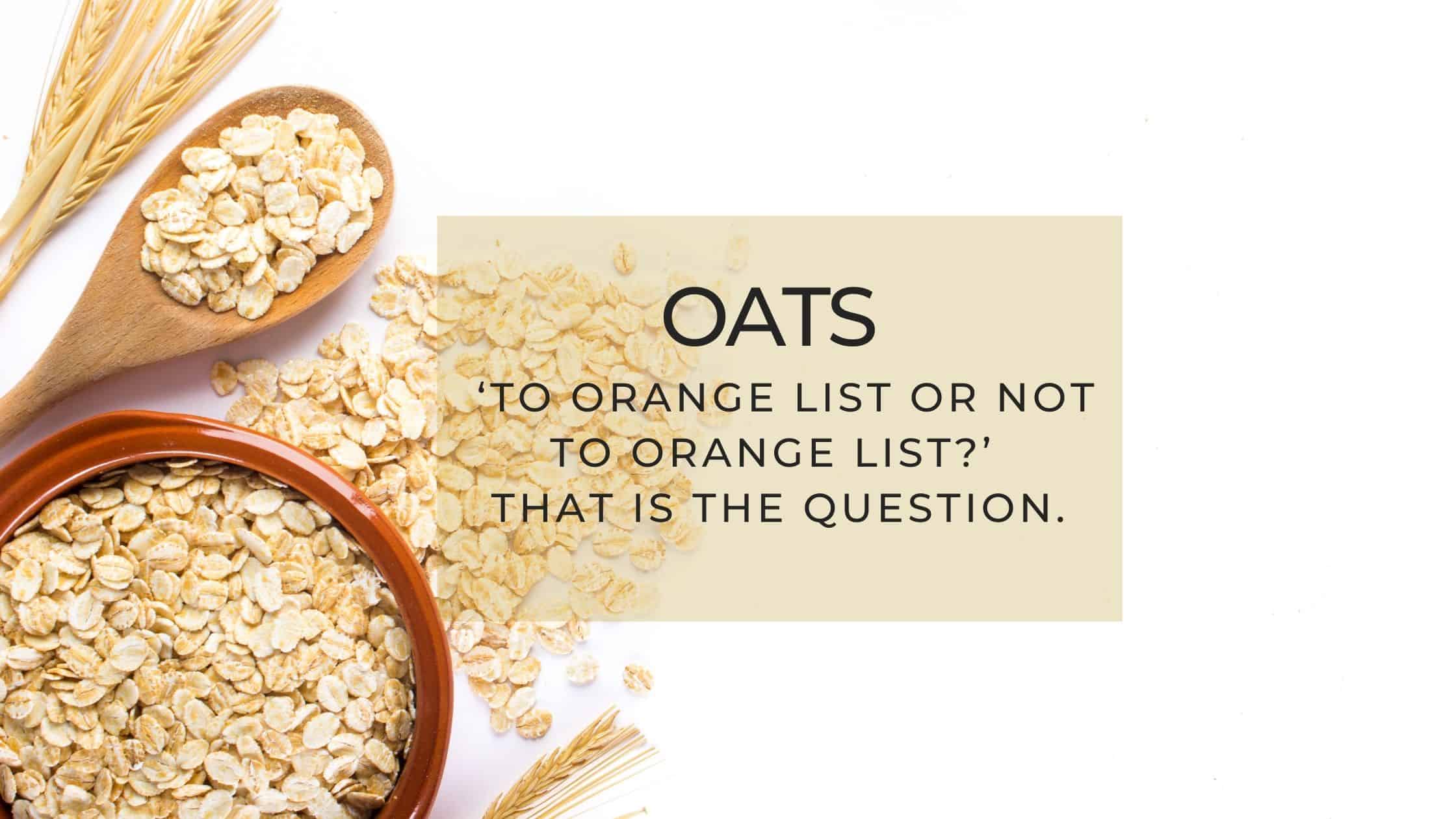
By Tamzyn Murphy, RD, MSc (Dist.)
Most people may be metabolically ‘broken’, insulin resistant, and thus, carbohydrate intolerant
Only 12.2 % of Americans are metabolically healthy, according to the National Health and Nutrition Examination Survey 2009-2016. In other words, 88.8% (i.e. the vast majority of the population based on a sample size of almost 9000 people) have one or more of the criteria used to diagnose metabolic syndrome, indicating suboptimal metabolic health and a degree of insulin resistance (Reaven GM, 1993) or carbohydrate intolerance (Reaven, 2005) – the precursors to ‘chronic’ lifestyle diseases like diabetes and heart disease. And if you look at the metabolic health of other countries (including South Africa) we could probably assume similar rates of poor metabolic health for many of them too.
Metabolically unhealthy, insulin resistant people are carbohydrate intolerant, and can benefit from and reverse their progression to ‘chronic’ lifestyle disease by restricting carbohydrates (Reaven, 2005; McKenzieA et al., 2018). The benefits of carbohydrate restriction are even more obvious once overt insulin resistant disease has developed, and can be used to put Type 2 Diabetes into remission (Hallberg S et al, 2018) and significantly reduce heart disease risk (Bhanpuri NH et al, 2018).
Grains, including oats are high carb and should be avoided by the carb-intolerant
Grains, including oats, are amongst the highest carbohydrate-containing foods out there. As such, in the vast majority of the population – those who are metabolically unhealthy and have a degree of pathological insulin resistance – grains should be completely avoided or at least significantly limited. Those few who are metabolically healthy, can likely include high carbohydrate foods, such as grains (including oats), without concern, provided they are eating a generally real whole food based diet low in processed foods, added sugar and processed seed or ‘vegetable’ oils.
Not all higher “Grey Area” carb foods are created equal.
All of the foods listed below contain the same amount of carbs per ‘portion’ as each other (approx. 15 g or 3 tsp of ‘sugar’). Yet some are on the original Real Meal Revolution green list (to be eaten freely), others are on the orange list (to be eaten occasionally or in limited amounts), and yet others are red listed (to be avoided). We call these carb-contentious foods “Grey Area” carbs/foods.
There’s approximately 12-15 g carbohydrate (or 3 tsp of ‘sugar’) in…
=Half a cup of
- Grains (all, including oats, rye, barley, pasta, rice, quinoa)
- Starchy vegetables (sweet potato, butternut, carrots)
- Starchy vegetables (potatoes, beetroots, parsnips, corn)
- Legumes (beans, peas, lentils, peanuts)
- Fruit (apples, peaches, strawberries – though bananas and grapes are much higher sugar than other fresh fruits and on carb content alone fall above this ‘Grey Area’ carb category of 12-15 g carbs per portion)
=2 handfuls or 60 g of
6. Nuts (almonds, hazelnuts, etc.)
=1 cup of
7. Dairy (milk, yoghurt)
*Key: the colours of the food items above indicate which list the belong to in the original Real Meal Revolution book.
On carb content alone, arguments can be made for a portion of any or combination of these “Grey Area” foods to be included in someone’s diet. Whether or not to include ‘Grey Area’ foods will depend very much on a person’s carbohydrate tolerance (aka. Insulin resistance or metabolic health) and how low in carbohydrates they want their diet to be.
But there are other non-carb related aspects to each of these “Grey Area” foods that you should consider before deciding which, if any, to include in your diet:
- Was the food available to our metabolically healthy hunter-gatherer human ancestors?
The increase in nutrition/lifestyle related diseases has increased since the advent of agriculture and increase in consumption of refined carbohydrates, sugar and processed ‘seed’ or ‘vegetable’ oils. As such, excluding these foods will likely go a long way to helping humans return to their pristine hunter-gatherer metabolic health. This means excluding grains, and keeping starchy vegetables, nuts, seeds, fruit and dairy to moderate or limited amounts, as our paleolithic ancestors would have done.
2. What’s the food’s potential harm?
Plant foods contain antinutrients which protect their progeny (i.e. seeds) from destruction by herbivorous ‘predators’. By functional design these antinutrients inflict damage on mammals (i.e. us). The amount of damage depends on an individual’s tolerance as well as the antinutrient’s penchant for destruction. Grains, legumes, nuts and seeds contain infamously destructive antinutrients – including wheat germ agglutinin in wheat, gluten in wheat, rye and barley, and lectins in oats and other grains, as well as legumes and nightshade vegetables. Those with sensitive guts, autoimmune diseases, allergies or general malaise or fatigue may particularly stand to benefit by eliminating the biggest antinutrient offenders – being grains, legumes and possibly even nuts and seeds. Cooking, soaking, sprouting and fermenting can help reduce antinutrients,but not sufficiently in all cases. Foods with more potential for harm are more likely to fall into the less desirable orange or even red lists, despite having similar carb contents to their less harmful ‘Grey Area’ counterparts.
3. What’s the food’s potential benefit?
‘Grey Area’ foods are more likely to be included on the green or orange lists (rather than the red list) if they contain nutrients associated with health benefits, such as:
- Protein, which is what makes quinoa one of the better grains, and causes legumes to be included on some newer lists, especially in poorer communities, where higher quality animal protein may be harder to come by.
- Real fats, which, together with protein, is what makes ‘Grey Area’ dairy foods, like milk and yoghurt, more filling than other ‘Grey Area’ foods.
- More vitamins and minerals, which is what makes fruits and starchy vegetables more desirable than grains with similar carb content.
4. How much of the food are you likely to eat?
If you’re unlikely to eat a lot of a food, then it’s fine to include it on the green or orange lists, even if it’s higher in carbohydrates per 100g than other foods. This may include foods like garlic or certain herbs.
5. Is the food on the higher or lower carb/sugar spectrum?
A case could be made for including a fruit such as berries and apples in a Banting diet, but not grapes and bananas, based on the latter’s higher carb content.
Conclusion
As you can see, classifying a ‘Grey Area’ food as a green, orange or red list requires an informed, educated and relatively subjective judgement call. As everyone is different, one ‘Grey Area’ food might be fine for me but not for you. Also, the amount of Grey Area foods one person can include will differ from what another may be able to tolerate. The Grey Area foods that offer more potential harms and less potential benefits are the first to be excluded when cutting down on carbs – namely grains, like wheat and oats – and the others’ will follow in grains’ wake depending on the level of carbohydrate restriction required.
The lists are there to cater for the vast majority – relatively metabolically unhealthy people – which means limiting all ‘Grey Area’ foods, and possibly even eliminating them completely (starting with grains) in those with full blown metabolic dysfunction like Type 2 Diabetes or Metabolic Syndrome.
